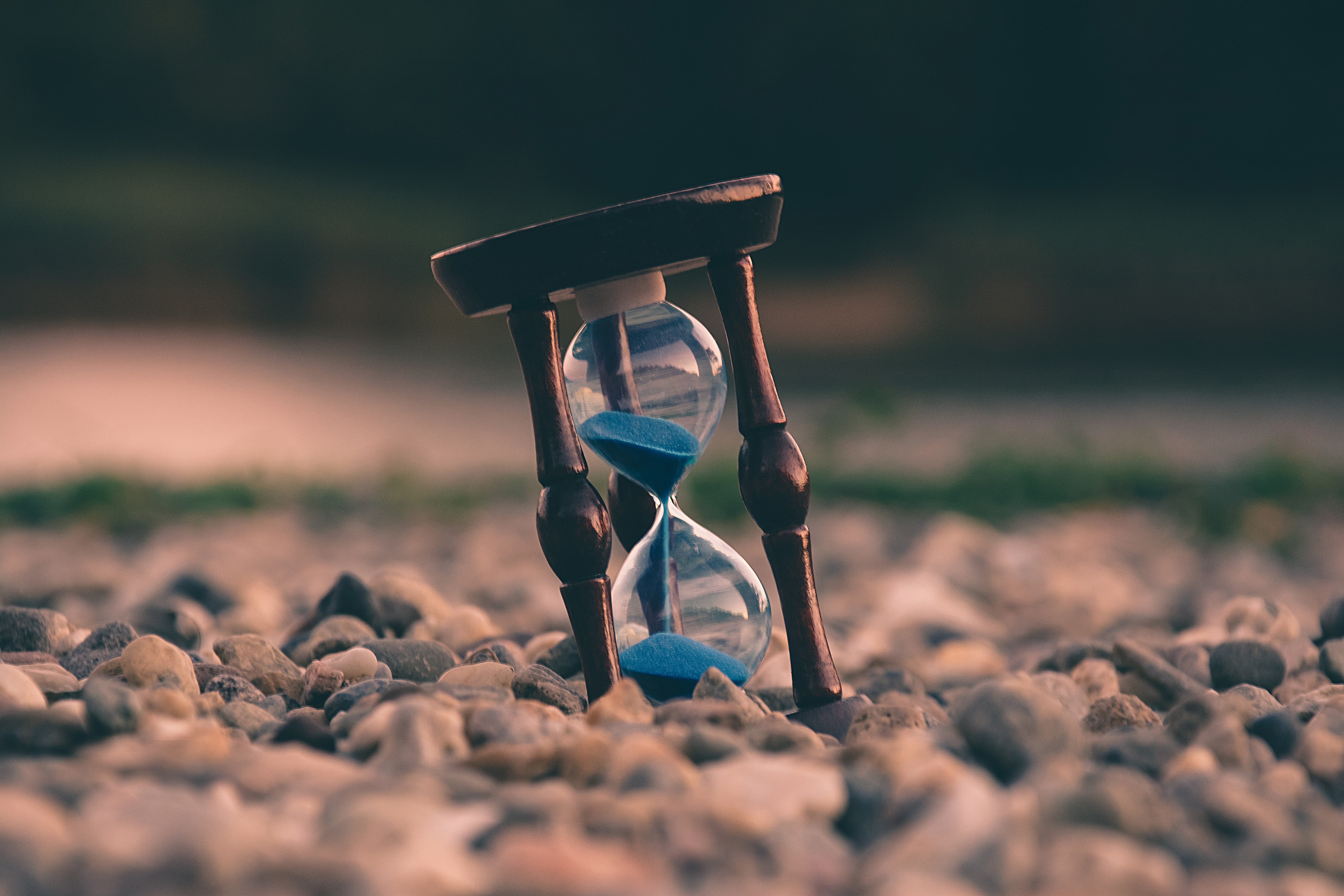
We are in the midst of the worlds sixth mass global extinction! Here’s what we know.
Madeline Hance, 29 June 2021
When we think of wildlife and nature, our thoughts leap to images of tigers, monkeys, koalas and the like, thriving in the wilderness, content and safe. The glum reality is that these animals and millions more are on the brink of extinction.
Scientists now believe we are facing the world's sixth great mass extinction, one never before seen by humankind. An extinction likened to the dinosaurs over 65 million years ago, but unlike previous extinctions, the current extinction we are facing is all due to one species. That species is us. In just a few decades, we have single handedly caused havoc on earth.
Land and forest clearing for crops, pollution, over harvesting, plantation forests, rapid city expansions and introduced invasive species are just some of the lengthy list of human activities having a negative impact on biodiversity around the world. Unfortunately, Australia takes the lead in the extinction rates of mammals, with two thirds of our wildlife population vanishing in just 50 years, and over 500 native species at risk of extinction, amongst these the iconic koala. Approximately 100 endemic species have been listed as extinct, with scientists stating that the number is likely to be more than ten times this once invertebrates are taken into account. The Christmas Island forest skink became the first known Australian reptile to become extinct in 2014.
More than 37,400 species are now threatened by extinction. The International Union for Conservation of Nature and Natural Resources (IUCN) maintains a comprehensive list of threatened species known as the Red List. In 2021, the top ten endangered animals are the Javan Rhinoceros, Vaquita, Mountain Gorilla, Tiger, Asian Elephant, Orangutans, Leatherback Turtles, Snow Leopards, Irrawaddy Dolphins and Bluefin Tunas.
Our closest living relatives, apes, monkeys and other primates are rapidly vanishing from the world. Of the 634 known species of primates around the globe almost 50% are in danger of extinction and 70% of Asia’s primates are included in the Red List due to tropical forest destruction and hunting. Vietnam and Cambodia have a massive 90% of primate species at risk of extinction including gibbons and langurs. Many of these primates are hunted for illegal wildlife trade, food, pets or for Chinese medicines. Primates are integral to the health of our ecosystems, aiding in seed dispersal and supporting a vast range of animal and plant life in the tropical forest of the world.
Human activities have also had a devastating impact on the earths oceans. Pollution is a large factor in this, with 400 million tonnes of toxic and chemical waste and heavy metals being poured into the oceans annually. Not to mention the 8 million metric tonnes of plastic that enters oceans on a yearly basis.
At United Nations Summit on Biodiversity in 2020, Dr. Anne Larigauderie, Executive secretary of Intergovernmental Science-Policy Platform on Biodiversity and Ecosystem Services (IPBES) called on everyone to make ambitious commitments to protect biodiversity.
IPBES has compiled a Global Assessment Reporton Biodiversity and Ecosystem Services, the most comprehensive and thorough report ever published on the topic. The report details the devastating effects of humankind on the ecosystem and specifies the extent of the damage humans have created over the past 50 years alone.
According to IPBES Chair, Sir Robert Watson.
“The overwhelming evidence of the IPBES Global Assessment, from a wide range of different fields of knowledge, presents an ominous picture. The health of ecosystems on which we and all other species depend is deteriorating more rapidly than ever. We are eroding the very foundations of our economies, livelihoods, food security, health and quality of life worldwide.”
The human population has doubled in size since the 70’s and has taken its toll on the world, with 100 million hectares of tropical forest vanishing for human resources, such as palm oil. A massive 87% of wetlands around the world have been lost since the 1700s. The report states a multitude of human activities that have created these catastrophic events, but the number one cause is change in land use, wiping out forests and grasslands for crop growth, plantation forests and farming of livestock. The human expansion is killing species at a rate never before seen, with one million animal and plant species threatened by extinction.
In January 2020, the United Nations set a 2030 deadline for wildlife and ecosystem restoration and conservation. The proposal aims to reduce pollution and protect the planet, with leaders around the world urged to sign the pledge. There is still hope, scientists say; if we act fast and act now there is the potential to slow down and even restore nature. More than 50 countries have signed the pledge and committed to the protection of 30% of land and ocean on earth by 2030. With strides in the right direction, there is still a chance for us to prevent mass extinction on earth. The future can be changed.
Through a change in human goals and values, economic, social and technological factors, nature can still be conserved. But if we continue to substantially disrupt natural habitat, it is estimated that within 100 years, half of all existing species on earth may be extinct. Without wildlife and nature, the world as we know it will cease to exist. The relentless demand and abuse of earth's natural resources is resulting in a catastrophic collapse of nature and extreme extinction rates. We are draining the ecosystem and demanding the resources of the precious world we call home, depleting the earth to our own detriment.
Madeline Hance is a Veterinary Nurse, Founder and CEO of Forget Me Not Animal Rescue, studying Bachelor of Environmental Science (Wildlife and Conservation Biology) and member of Extinction Rebellion Australia.
Image Credit: Photo by Aron Visuals on Unsplash